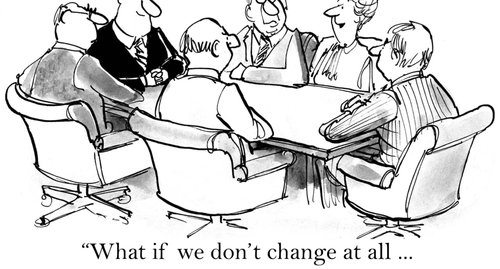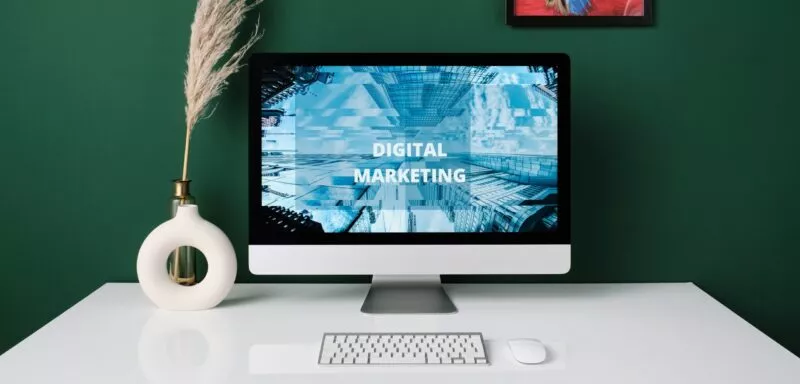Behavioural change theories and research
For more than 12 years Square Holes has had the fascinating task of researching humans and applying this to support clients to drive behaviour change. Be this to drive social impact (e.g. health checks, problem gambling, anti-smoking, using public transport, recycling etc) or business impact (e.g. sales growth, new market entry, brand switching etc).
“Bad habits are like a comfortable bed. Easy to get into, but hard to get out of” Proverb
It has been so interesting to observe the adoption of psychology principals in business and government strategy and amongst marketing professionals (traditional / digital). And, a greater focus on driving action rather than blindly hoping that the marketing will increase propensity to change and hopefully, one day, maybe changing behaviour.
Please read on for more on our behaviour change model …
1: Definition:
Allowing adequate time to discuss, debate and consider the opportunity (or problem) including why it matters, where it originates, current understanding, size of the prize, the burning sense of urgency and where gaps and opportunities exist. This is likely to involve discussions and workshops to unpack the problem and the best way forward.
2: Insight collection
Building on a clear understanding of the opportunity (or problem), is a need for insight (both analytical and intuitive) to explore the audience, test hypothesis and gather a rich understanding of motivations, barriers and other factors. Build an evidence based behaviour path to purchase (or path to change) allow for gaps and opportunities to be identified. Test hypothesis – Are they correct or not?
3: Ideas prioritisation
A process to build on an evidence base to drive strategic ideas – divergent thinking (i.e. creative ideas without constraints) and convergent thinking (i.e. logical steps, seeking the ‘correct’ solution) … to define priority ideas (simple and easy to introduce quickly, and more complex requiring more time and planning). Which ideas will be easy to implement to drive behaviour change?
4: Agility and action:
User-centred feedback and research is critical to test, refine and flag the ideas that are working and dumping poor performing ideas. Defining ideas, building and launching them, evaluating, learning, iterating and impacting behaviour change. Implement, learn and continuously evolve.
The answer to how to change behaviour is likely a combination of behavioural psychology and behavioural economics principles.
Behavioural psychology
The (simplified) behavioural psychology framework is …
(1) Precontemplation – not thinking about the behaviour; to (2) Contemplation – audience ambivalently thinking “perhaps I should change?”; to (3) Preparation – balancing pros and cons and risk-reward thinking … desire to change!; Audience attempt (4) action to change their behaviour; and (5) maintenance of the desirable behaviour and avoiding a relapse to old habits.
Ensuring that the apathetic audience cares enough to move from precontemplation (“who cares?”) to contemplation (“perhaps I should change?”) is complex. And, even when the intention to change exists, there is a grand canyon of excuses and procrastination to bridge.
While a well invested and strategic marketing campaign may gain strong recall and message take-out quite rapidly, attitudes will likely change much slower, if at all from our campaign monitoring, and behaviours are more difficult and slow to move. The following visual illustrates this common pattern when we monitor behaviour change campaigns (e.g. via pre, mid and post-campaign survey tracking of campaign recall, message take-out and attitude / behaviour change).
Behavioural psychology makes some assumption that humans are rational and that a solid marketing and education strategy as to why it is worth changing behaviour will ultimately drive change.
However …
“If we all make systematic mistakes in our decisions, then why not develop new strategies, tools, and methods to help us make better decisions and improve our overall well-being?” Dan Ariely
Behavioural economics
Behavioural economics has a focus on driving action, and ensuring there is a strong focus on reinforcing such behaviour. Behavioural economics determines strategies to overcome irrationality and other entrenched barriers to change
Heuristics help explain why we make irrational decisions on a day-to-day basis. They are experience-based techniques for problem solving, learning and discovery. People often make decisions based on approximate ‘rules of thumb’ and ‘mental shortcuts’ rather than being totally rational.
For example …
Incentives: Our response to incentives are shaped by predictable mental shortcuts such as strongly avoiding losses; Defaults: We ‘go with the flow’ of pre-set options; Priming: Our acts are often influenced by sub-conscious cues; Commitments: We seek to be consistent with our public promises, and reciprocate acts; Ego: We act in ways that make us feel better.
Behavioural psychology is worthwhile from a medium to longer term perspective—building brand awareness, reputation and propensity to buy and change bad habits. Behavioural economics is worthwhile in driving and maintaining action in the short-term and making corresponding shifts in medium to long-term attitudes. Strategies that incorporate a solid mass media and digital marketing campaign, combined with interventions to encourage short-term action are likely to have a greater impact on behaviour change. While commonly the short-term call to action for businesses is sales and discounts, behavioural economics offers other opportunities to overcome consumer procrastination.
You want MORE!?
Some links we think are interesting …
MINDSPACE – Guide to influencing behaviour (UK Institute of Gov)
Behavioural Economic Guide 2016 (184 pages multiple authors)
The transtheoretical model of behaviour change
And, from Square Holes …
Behavioural Economics presentation
Originally email via our ezine. Read it here.
Originally posted Jan 27, 2017




